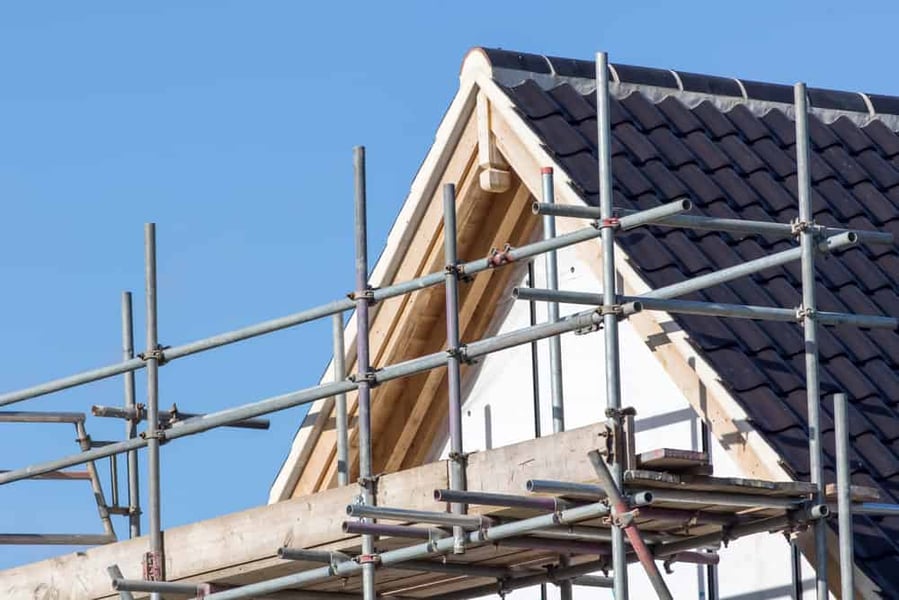Fraser Johns, finance director at Beard, said: “With the ONS figures putting output below pre-COVID levels for the first time in months, we are seeing the real long-term impact of the pandemic start to hit home."

Monthly construction output fell by 1.6% in volume terms in July 2021, due to declines in both new work (1.1%) and repair and maintenance (2.4%), according to Office for National Statistics (ONS) construction output data.
The level of construction output in July 2021 was 1.8% (£257m) below the February 2020 pre-pandemic level, while new work was 3.2% (£285m) below February 2020, and repair and maintenance work was 0.6% (£27m) above the February 2020 level.
The decline in monthly output in volume terms in July 2021 came mainly from private housing, which saw falls in both new work and repair and maintenance, of 7.5% and 6.2% respectively; this was driven by the impact of price increases likely caused by product shortages in the sector.
Recovery within the sector has been mixed, with infrastructure the best performing sector over the pandemic at 35.7% (£649m) above February 2020, and private commercial the worst performing sector at 20.3% (£481m) below February 2020.
Alongside the monthly fall, construction output fell by 0.6% in volume terms in the three months to July 2021, the first three-monthly fall since February 2021, driven by a fall in repair and maintenance of 2.9%.
The decline in repair and maintenance (2.9%) in the three months to July 2021 was mainly because of a fall in private housing repair and maintenance, of 8.3%.
New work saw an increase of 0.7% in the three months to July 2021; the largest contributors to this growth were infrastructure and to a lesser extent private industrial, which grew by 17.5% and 8.2% respectively.
Fraser Johns, finance director at Beard, said: “With the ONS figures putting output below pre-COVID levels for the first time in months, we are seeing the real long-term impact of the pandemic start to hit home.
“The supply chain issues and price rises which stem from the slowdown in production globally, and friction at the borders due to Brexit, have knocked customer confidence as the figures suggest a decline in new work for July of 1.1%. This is a real concern in terms of future growth.
“As an industry we have been warning that the main threat to recovery would be supply chain issues and price rises since the start of the year.
"Firms will price a job now at one level only for that to rise significantly by the time they’re ordering materials.
“Contractors have to be proactive about this issue in terms of working closely with customers and consultants, ensuring they understand fully the implications of the delays and price rises, as well as maintaining strong relations with suppliers.
“By assessing the situation on a daily basis and introducing multi-step procurement processes in order to absorb the extended lead-in times for certain materials, we can mitigate the risk of disruption to projects on the ground.
"But the reality is, we’re looking at a tough winter ahead especially if further waves of COVID impact production further.”



